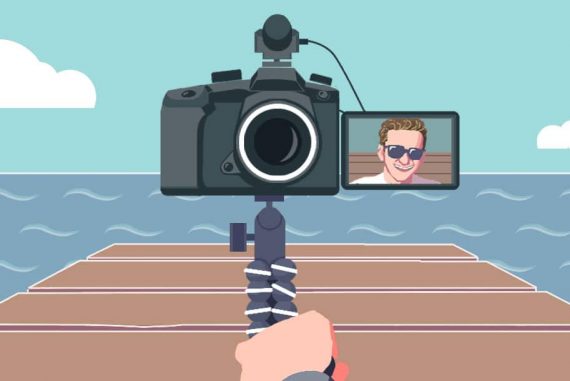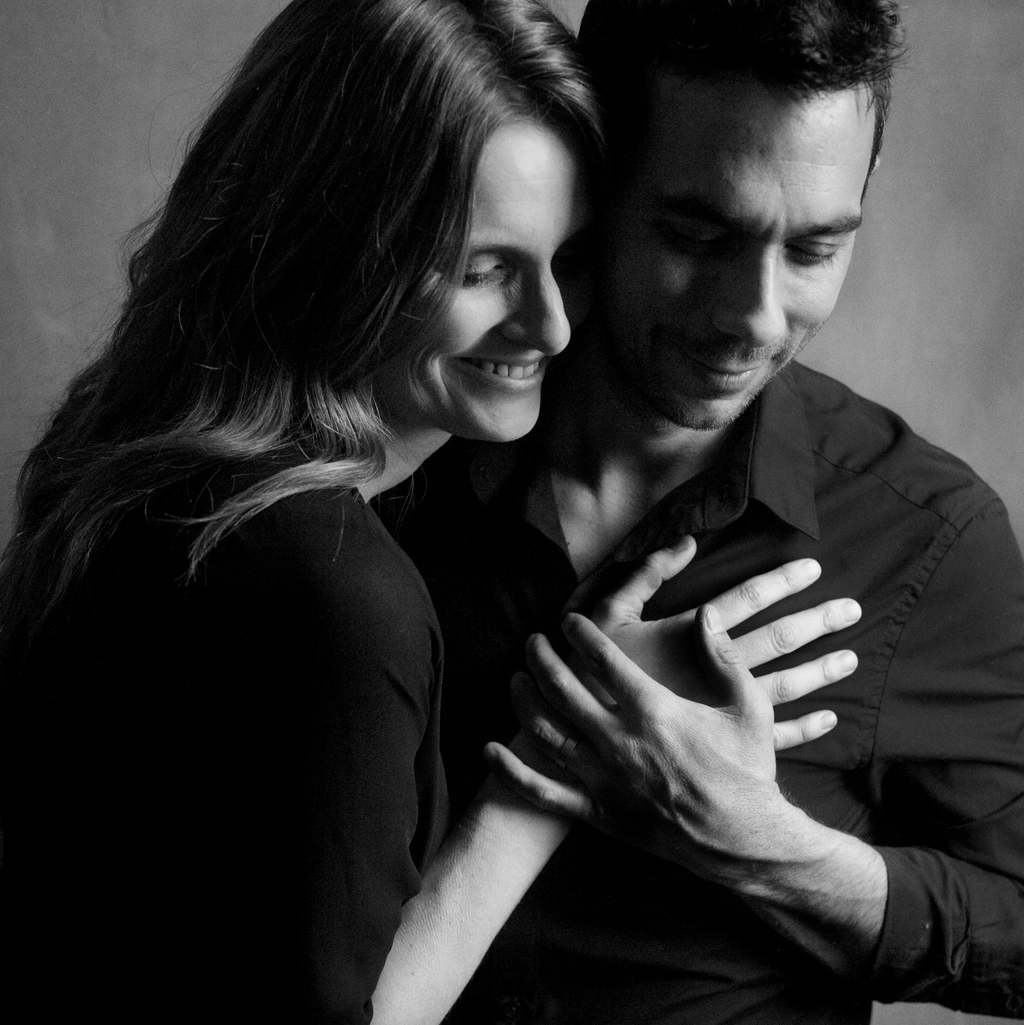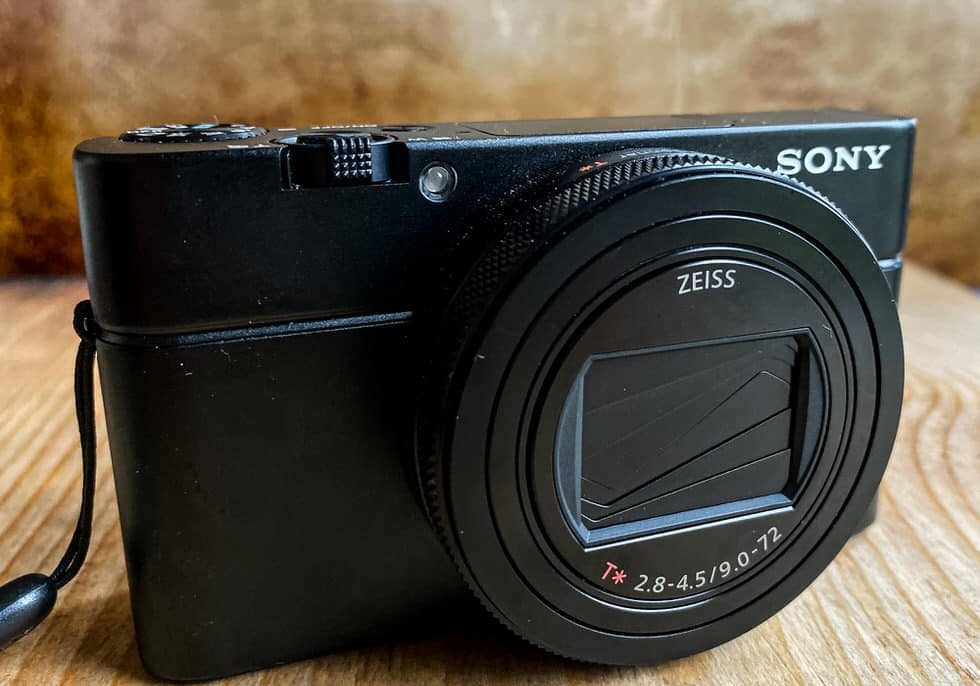
Sony RX100 VII Compact Camera Review
If you're looking for a tiny but mighty compact camera, the Sony RX100 VII might be it. Read our full review for details on image quality, focus & more.
It can sometimes feel like you’re either shooting with your “big camera” or… your iPhone.
That’s where the Sony RX100 VII comes in. It fills the gap when we don’t want to have to choose between a pro camera or a phone. Or in other words, when we want something that’s easy, small, fast, and that takes beautiful images.
Sony appears to be taking the camera world by storm. It seems like every time we check Facebook, another photographer is selling off all their gear and going ‘full Sony mirrorless’!
While this review won’t be for professionals in this predicament, it will indeed serve as a testament to the new technology by Sony that we are all coming to know and love.
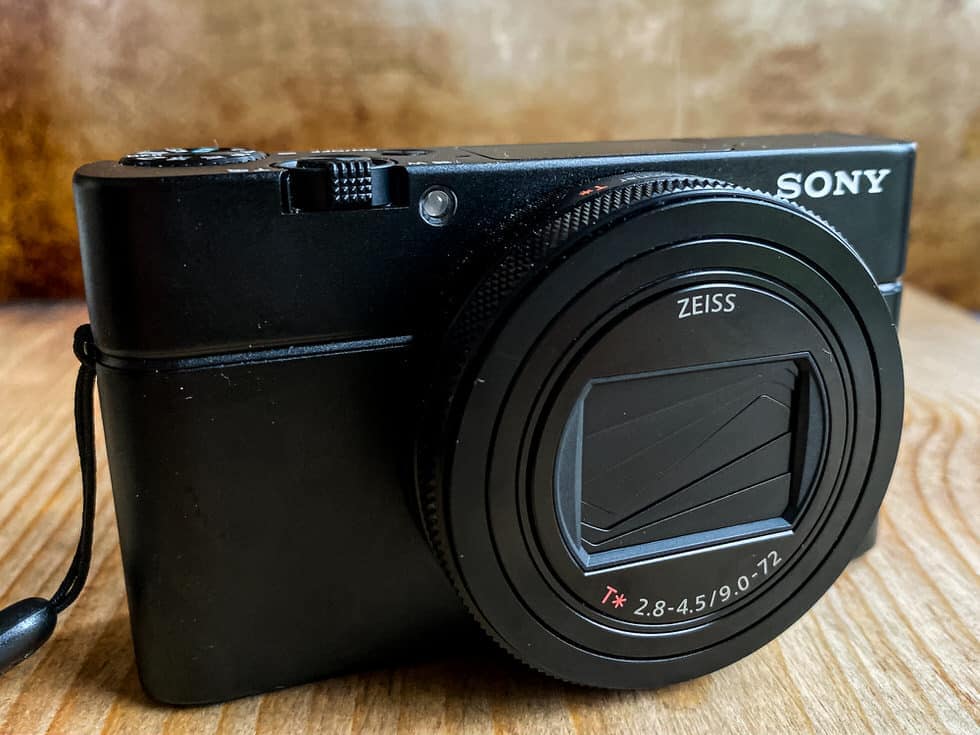
Remarkable speed and performance in a portable, compact package.
We took this camera for a spin for about a week, and since it was the start of our off-season, we ended up taking a lot of personal photos – perfect for the purposes of this review and the target audience of the Sony RX100 VII.
We shot with it as if it were ours, trying to envision ourselves taking this camera on vacation, or to birthday parties, etc.
So we invite you to dive in with the same mentality…
Ask yourselves: What’s this little camera all about? Can I add it my personal camera repertoire and shoot with something besides my iPhone when I’m with my family or on vacation?
And should I buy this particular compact camera over all the other choices?
We hope we can help you answer these questions.
Table of Contents
Sony RX100 VII Specs
- Body Type: Compact
- Max Resolution: 5472 x 3648
- Sensor: 1″ (13.2 x 8.8mm) BSI-CMOS sensor, 20 megapixels
- ISO: Auto, 125-12800
- Focal Length: 24-200mm
- Max aperture: F2.8-4.5
- Screen: Tilting 3″ LCD screen
- Max shutter: 1/2000sec
- Format: MPEG-4, AVCHD, XAVC S
- Storage type: SD/SDHC/SDXC, Memory stick Pro Duo
- Weight: 302g (10.65oz)
- Dimensions: 102 x 58 x 43 mm (4.02 x 2.28 x 1.69″)
- GPS: none
- Compact
- All around fun to shoot with
- FOCUS!
- No manual zoom in/out lens ring
- Touchscreen could be more responsive
Build & Appearance

The Sony RX100 VII is truly compact. It’s sleek and smooth in design and feel.
Smaller in length and width than your average iPhone, this camera can easily be held in a jacket pocket or tucked into a slide sleeve of a backpack.
The LCD screen is nice and wide, taking up most of the real estate on the back of the camera. This is great for reviewing your images and selecting functions easily.
The flip screen protracts and retracts easily and in a similar compact fashion.
There’s a lot of black on this camera, meaning the buttons and typeface are minimal, making it ideal for candid photography where your subject is either unaware, or not intimidated about your camera.
Ergonomics & Handling
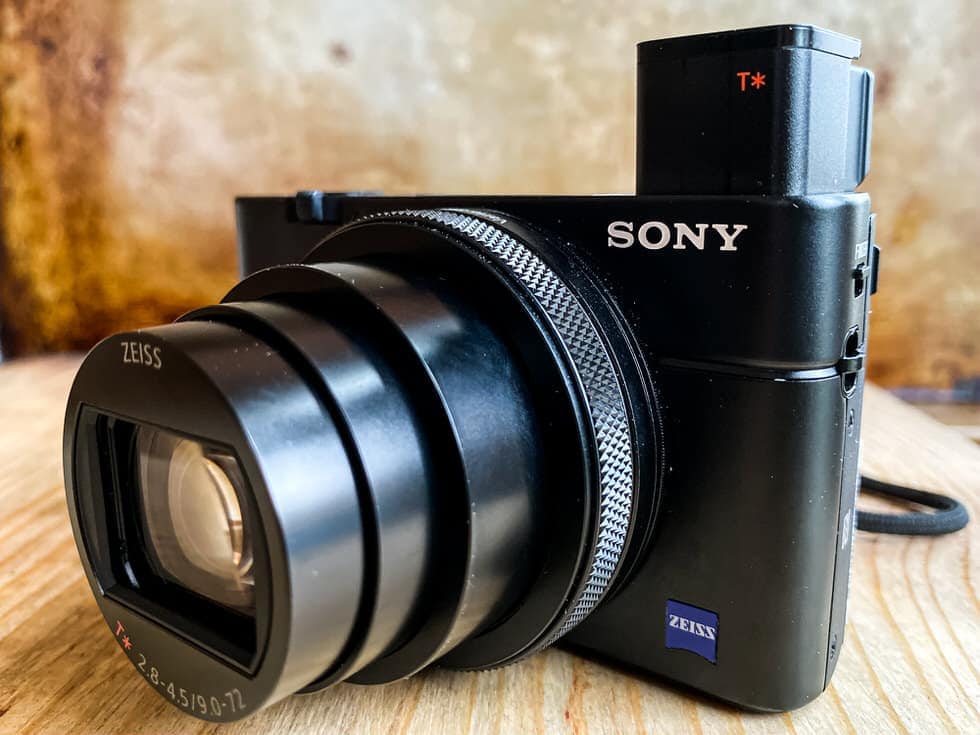
The Sony RX100 VII is definitely a pocket camera. It measures 4 x 1.7 x 2.4 inches (102 x 58 x 43 mm) and weighs a light 10.65 ounces (302 g).
You can slip this camera into your pocket or a small bag with no problems. It’s small. Tiny but mighty, as we used to call my daughter when she was born.
For me, it’s almost too small and doesn’t feel like it has enough grip in my hands. I know that’s the idea, but I liken it to that of holding up your smartphone. It’s almost too easy and sometimes when you’re photographing on a “real” camera, you want it to feel the opposite of your phone.
In comparison to other compact personal cameras, it’s the smallest and lightest one I’ve shot on in a while. I may choose something with a little more meat to it personally, but if tiny and mighty sounds perfect to you, then read on and enjoy.
First, let’s talk about the flip screen. One thing I love in a camera, any camera, these days is a badass flip screen.
The ability to shoot from multiple angles with ease, especially if you’re shooting dramatic landscape portraits from a low vantage point, or in my case, 4-year-olds jumping into sand above you, the flip screen is where it’s at.
The RX100 VII has a tilt LCD screen with super sharp resolution (921dot) and a smooth touch screen. It swivels and flips in all the ways you want it to, making it ideal to get creative with your angles, or shoot from the hip unnoticed.
You can also select and track your focus on the subject easily from the touch screen.
However – and if you read my previous Sony reviews you’ll know that I always gripe about Sony’s touch screens in some way – it is limited to those functions only. You can’t navigate the menu or touch for focus when using the EVF. Bummer, dude.
Another super fun feature of the Sony RX100 VII is the Eye Level Viewfinder. When you pop up the viewfinder, you feel like a photographer. It just feels cool to pop it up and start shooting.
Focus Performance
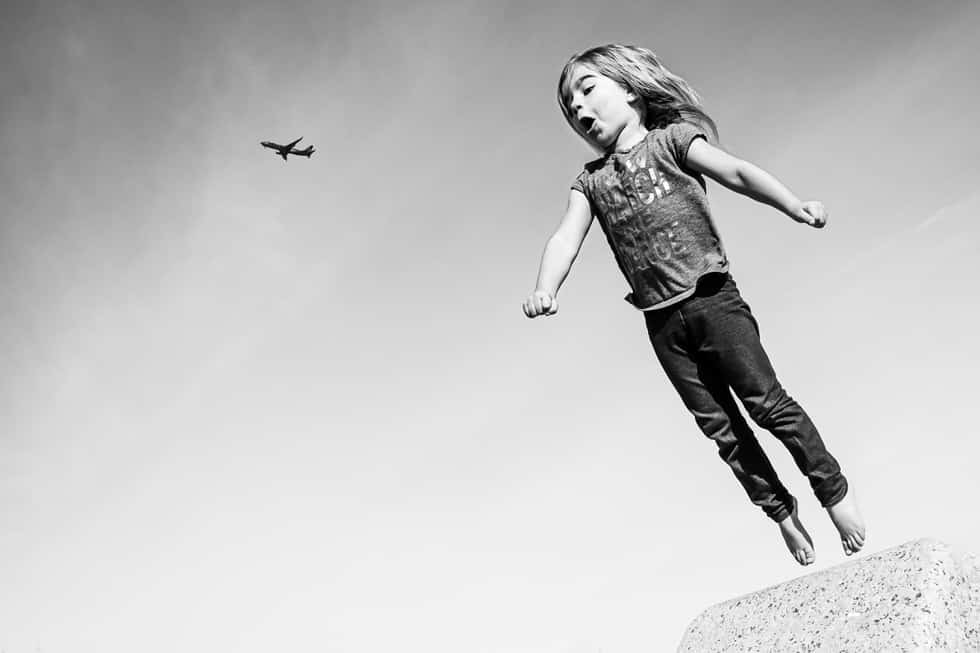
This is where this camera really got me. Sony’s website boasts that the Sony RX100 VII has the World’s Fastest Hybrid Autofocus System with 357 focal-plane phase-detection AF points covering approx. 68% of the image area.
Well, giddy up! #cheesycowboyjoke
For testing, I took the kids to a new park just north of Portland with a waterfront play area and let them run wild.
With the RX100 VII in my hand, I was able to track the rugrats and capture their somewhat questionable play moves (“don’t jump from there… oh okay you already are… wait at least let me take a photo of it!”) with impressive speed and focus.
You can tell the tracking has been significantly improved in this latest version of the RX100, and it was super fun to play with.
The new image sensor offers continuous shooting at up to 20 frames per second. There’s a brand new feature to the VII called Single Burst Shooting ,where it can take 7 frames in succession at either 30, 60 or 90 frames per second (fps).
Combine this new sensor with the RealTime Eye AF and it was game on. Sony has developed some really amazing subject recognition that brings tracking to the next level. The eye tracking was simply awesome for chasing moving subjects.
Do you also have a 2-year-old or 4-year-old that never stops moving?
Or perhaps a fur child that you want to capture in action at the dog park, or while chasing a ball in the house (thinking a cat on catnip here…)?
Then you will love capturing their action-packed moments with the Sony RX100 VII.
Low Light Performance
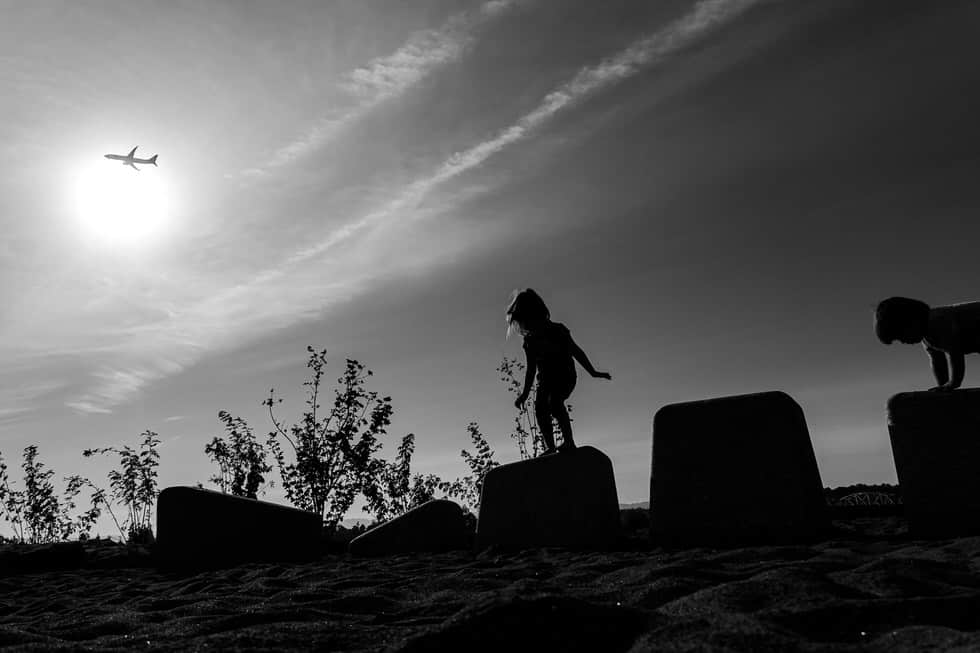
I didn’t shoot a lot in low light this time around but here’s what I can offer for a brief review of the Sony RX100 VII’s low light performance.
With a smaller sensor (1 inch) than an APS-C camera, for example, the RX100 VII naturally won’t perform as well in low light – but that said, the low light performance in this little camera is pretty decent.
It has a high ISO performance which helps greatly. I’ll echo the sentiment that I came across in another discussion of the camera:
The Sony RX100 VII will perform better than your iPhone in low light… but not as a good as a full-frame sensor found in other mirrorless cameras.
I wouldn’t push the ISO too high in order to avoid too much noise.
Last thing I’d say is that if you’re a parent taking photos of your kid blowing out the birthday candles with the lights dimmed or an enthusiast taking a sunset photo at the beach, you will be fairly pleased and adequately capable of taking a nice shot.
(You can also take a look at the Sony RX100 VI review to see some low light sample images – not much has changed with this latest model.)
Image Quality
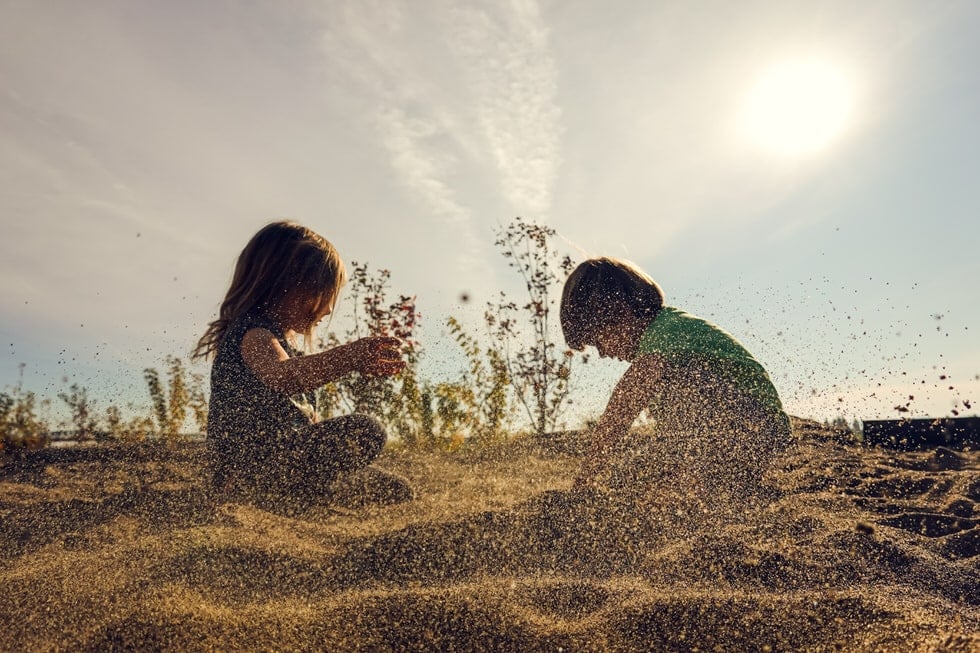
Some quick specs for my fellow specs nerds:
Sony RX100 VII has a Zeiss 24-200mm f/2.8-4.5 zoom lens and 20mp resolution.
The lens performs well. It zooms quickly and efficiently in no time while maintaining a sharp focus.
My only complaint is that it moves so fast and maybe it was just a learning curve, but I’d like the ability to stop the focal length where I want it.
Like if I want to shoot a portrait at 50 mm, I’d like the option to just select that focal length. But with most compact cameras on a zoom lens, and especially this one, the lens just continually bounces around with each attempt at focusing which can be a little frustrating in a portrait or a moment when you’re set on a particular composition and then the lens won’t stop adjusting itself.
I know that’s probably a silly complaint but I found myself getting frustrated that I couldn’t just pick the focal length I wanted.
Something to keep in mind if you care about that sort of precision.
Overall Performance
When turning the RX100 VII on, I did experience a few seconds lag, but the quickness of everything else made up for it.
These little Sony cameras are so impressive you really can shoot in complete-Auto, and 99% of the time it will nail focus and exposure.
As a professional, saying to shoot in complete-auto is a little crazy and I’m sure I could start a hot debate here…
But it’s true! You can really use it like you would your phone.
While testing the camera, I often just selected my aperture setting but let the camera do the rest.
From there, I would use the exposure compensation to go up or down a stop as needed (read below for setting this to be one of your custom function buttons).
Other Useful Features
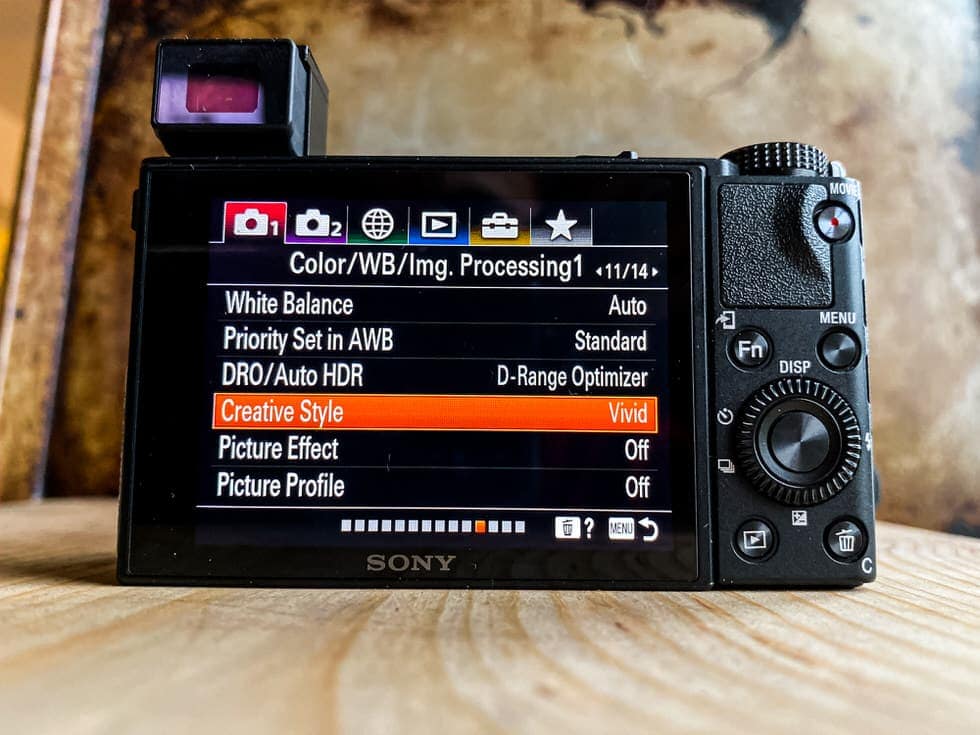
Just like other Sony cameras, the trick is to customize Sony’s designated buttons and create your favorite settings.
This allows quick access to your favorite features. I recommend doing this with all Sony cameras and I have several colleagues that agree.
My favorite custom function button for the RX100 VII is the dial ring on the lens. I customized it to be the exposure compensation dial, which was perfect when shooting in Auto.
If I needed to go a couple of stops over or under, I could quickly turn the dial and be good to go.
Here were my go-to settings while testing this camera:
- Setting: Aperture Priority
- Image Files: JPEG, EXTRA FINE, LARGE
- Drive Mode: Continuous Lo
- Auto Focus Mode: AF-A This mode automatically detects if your subject is moving or still. Depending on which, it will go between AF-C (autofocus continuous for moving subject) or AF-S (autofocus single shot – static subjects).
- Focus Area: Flexible Spot. I used this most of the time so I could quickly touch focus on the back of the screen or use the thumb dial to pick focus instead of the camera deciding where to focus.
- Face/Eye Priority: ON
- ISO Auto Minimum Shutter: 60th of a second. If you don’t know about this little trick when shooting auto ISO, then prepare to be mindblown. You can set your ISO so it always stays at a level where it will compensate for your shutter speed. I never want to drop below a 60th of a second on my shutter so I tell the camera to adjust ISO accordingly so that doesn’t happen.
- Meter Mode: Multi. This takes the average and does some crazy algorithm to determine the correct exposure. Like I said before, these cameras are so smart – it’s almost like cheating.
- White Balance: Auto
- Sounds: All Off. I never want my cameras to make any noises.
- Auto Review: Off. This saves the battery by not having the photos pop up after each shot. If I need to see a shot, I just look at it manually.
Value for Money

This camera is quite expensive, currently retailing for around US$1,200.
The Sony RX100 range has always been in the ‘premium’ category of compact cameras, because quite simply, these are premium cameras.
They offer features, build, performance and quality that are unrivaled, and justify their price tag for those willing to pay.
The Sony RX100 VII will be a splurge, but one that comes with a lot more bang for your buck than many other compact cameras in 2023… if you can afford it, that is.
Sony RX100 VII Review | Conclusion
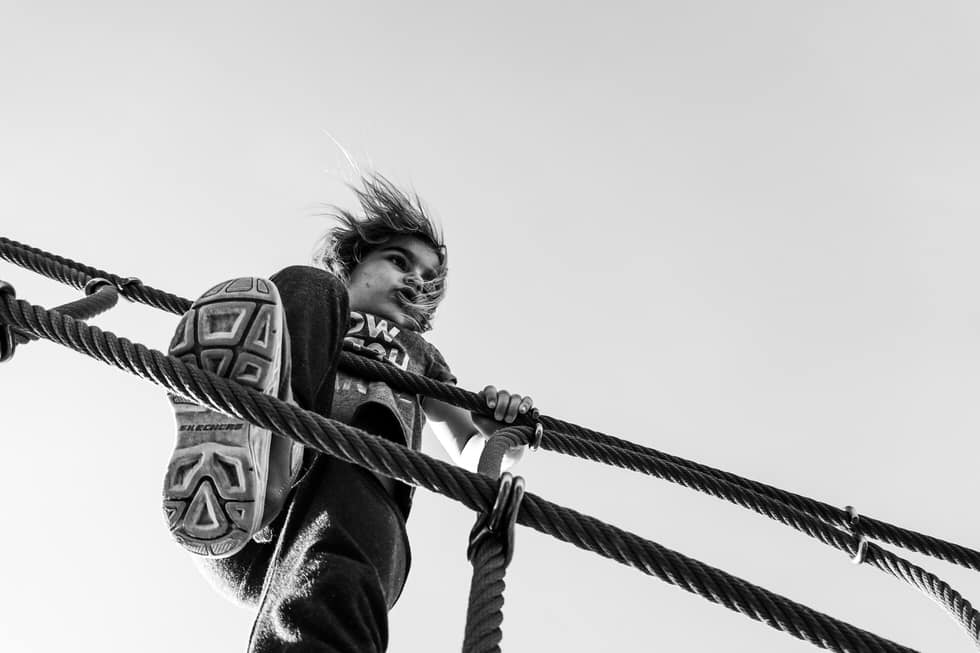
I had a great time reviewing this camera, and am a little sad to see it go. It’s nice to have so much power in such a compact package, and the huge zoom lens is incredibly versatile, especially when you’re trying to travel light.
In summary, you should buy the Sony RX100 VII if:
- You’ve been searching for a great little pocket camera to take with you wherever you go.
- You want to capture the action quickly in a little camera but one that performs like a pro camera.
- You take photos of fast subjects: kids, pets, sports, ants building a hill.
- You have a previous model of any other compact camera (Fuji x100 series, Sony, etc.) and are looking for a newer upgrade and you have a little extra cash laying around.

Remarkable speed and performance in a portable, compact package.









